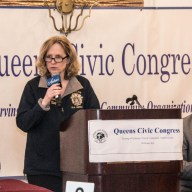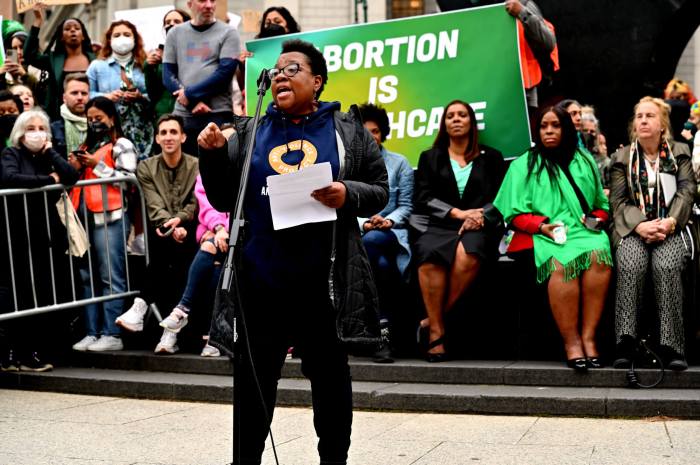By Philip Newman
A federally administered lottery among airlines serving LaGuardia Airport took effect Thursday in what aviation officials, travelers and thousands of beleaguered residents of Queens hope will relieve frustrating conditions at the nation’s most congested airport.
The Federal Aviation Administration conducted the lottery in Washington last month, using a fish bowl of capsules containing names of 13 airlines.
Through the lottery the FAA determined how many slots would be assigned to each airline for parking aircraft and loading and unloading passengers at LaGuardia.
Port Authority officials hope the lottery might cut traffic at LaGuardia by perhaps as much as 20 percent.
The lottery marked the most recent attempt to find a remedy for the worsening situation at LaGuardia, which accounted for almost a quarter of the nearly 44,000 flight delays throughout the United states in October. The Port Authority of New York and New Jersey had imposed a moratorium on new flights in September.
The lottery is supposed to be a temporary solution and scheduled to end in September, by which time officials hope a permanent remedy could be found.
The problem goes back nearly a year when Congress approved legislation known as Air-21, which permits an unlimited number of regional jet flights with 70 or fewer seats per plane to under-served cities where lack of competition has meant exorbitant ticket prices.
Several airlines immediately filed for permission to raise the number of flights at LaGuardia, resulting in an additional 600 landings and takeoffs a day, drastically increasing congestion and departure delays.
Port Authority Aviation Director William DeCota at that point declared a moratorium on additional flights and the FAA lottery followed.
DeCota has said repeatedly that larger planes with more seats rather than smaller planes with fewer seats are needed at LaGuardia.
“Sixteen flights a day from LaGuardia to Cleveland and a dozen flights a day to Richmond using smaller planes is not the solution,” DeCota said. “This does not work for us. It is not efficient use of planes.”
Opponents of many flights by smaller planes point out that no matter what size the planes are they occupy slots and increase the number of aircraft waiting for takeoffs, which means more overall delays.
An example might be one airline’s nine flights a day between LaGuardia and Syracuse listed in the new schedules. Supporters of AIR-21 had envisoned just such in-state service, which had long been almost without competition and almost prohibitively expensive. On the other hand, each plane on the route carries 70 or fewer passengers but adds greatly to the line of planes waiting to take off and for permission to land.
For this type of short-distance travel, the airlines use a variety of smaller, mostly prop-jet planes, including the Brazlian-made Embraer, the American Beechcraft, the Swedish Saab and the British DeHavilland.
For the thousands of travelers who use LaGuardia, the increased traffic has caused long waits to take off as well as delays in departure for LaGuardia-bound passengers throughout the nation.
But for the 150,000 people who the Queens borough president’s office says are directly affected by the din of the airport, there soon may be some relief.
Reach contributing writer Philip Newman by e-mail at Timesledgr@aol.com or call 229-0300, Ext. 136.






























